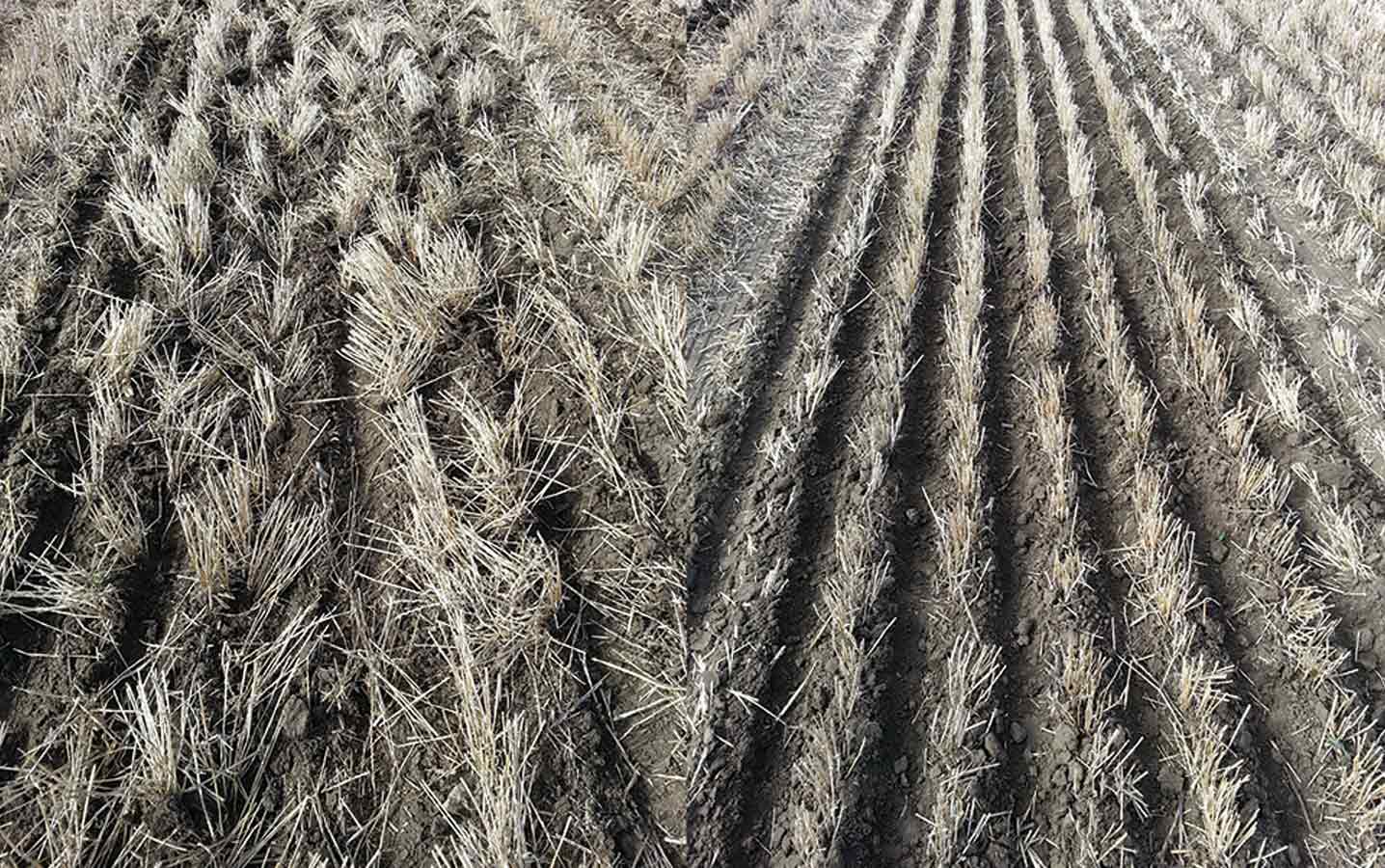
Key practice: As winter transitions into summer, monitor the temperature profile in canola bins for any rapid increases that may indicate spoilage. Aerating and turning seed to warm up canola stored throughout the cold western Canadian winter is not necessary. Project title, Lead researcher: “Determining Best Practices for Summer Storage of Canola in Western Canada,”...
Read More 
Key Practice: Seeding into bare soil between the previous year’s stubble rows will improve canola germination and plant establishment without increasing seed costs. Project Title, Lead Researcher: “Seeding Between the Lines: evaluating the potential of inter-row seeding for canola in southern Alberta,” 2011-14, Ken Coles, Farming Smarter Grower organization funder: ACPC Highly accurate GPS guidance...
Read More Clubroot is a soil-borne disease caused by Plasmodiophora brassicae. It’s an emerging threat to canola production. Results of this study show that effective clubroot management relies on cultivar resistance in combination with management practices that reduce viable resting spore populations. lubroot is a soil-borne disease caused by Plasmodiophora brassicae. It’s an emerging threat to canola...
Read More Key practice: Rather than using genetically resistant varieties or the application of soil amendments and fungicides, this study is working to develop a new, alternative approach to clubroot resistance by silencing pathogen gene expression within the plant itself. Project title, Lead researcher: “Genomics of Clubroot disease development in canola and development of in-plant RNAi to...
Read More Key Practice: With longer periods under no-till management, soil organic matter may attain a new equilibrium level, and nitrogen (N) mineralization may increase. This can result in lower N requirements. Project Title, Lead researcher: “Quantifying the economic and soil quality benefits of long-term no-till using a canola-spring wheat rotation,” 2012-14, Christiane Catellier and Chris Holzapfel,...
Read More





